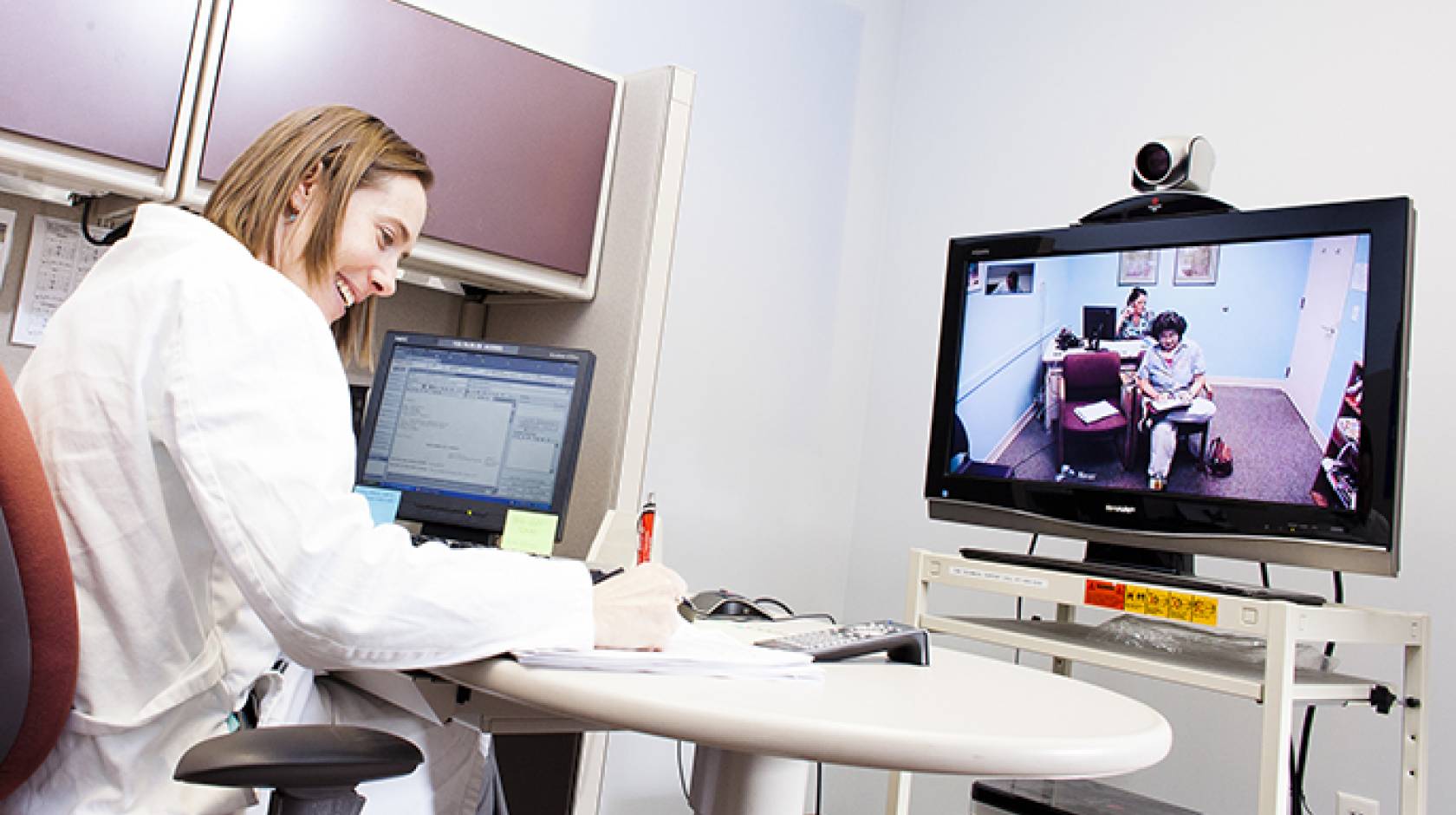Health care doesn’t just happen in a doctor’s office anymore. With the introduction of telemedicine, medical care can now travel across miles and be available when and where it’s needed. As technology advances, so does the way we deliver care and the convenience of telemedicine.
Connecting Doctors and Patients Through Telemedicine
Telemedicine is the process of connecting doctors and patients through the use of technology. It’s the perfect way to bridge the gap between a patient and a physician who may not be in the same location. With telemedicine, healthcare professionals can provide remote medical services to those in need. This technology allows for more accessible, high-quality care for those living in rural areas who may not have access to the same healthcare services as those living in larger cities.

It also allows for more efficient diagnosis and treatment of patients. By utilizing virtual visits, doctors are better equipped to effectively diagnose, treat, and manage the health of their patients. With telemedicine, doctors can review test results and track progress in real-time. This helps to ensure that patients are getting the best possible care.
Telemedicine is also beneficial for those with limited mobility, such as those in wheelchairs, those with physical disabilities, or the elderly. By utilizing virtual visits, these patients can still receive the care they need while avoiding the need to travel to a physician’s office or hospital.
Making Coordinated Care Easier Across Long Distances
Telemedicine has revolutionized the way healthcare is delivered. By connecting doctors and patients, it’s much easier for physicians to coordinate care across long distances. For example, if a patient is seeing a specialist, the specialist can easily coordinate care with the primary care physician and other healthcare providers. This makes it possible for healthcare professionals to provide comprehensive care without the need for patients to travel from one health care provider to another.

It also makes it easier for doctors to collaborate with each other. Through the use of telemedicine, doctors can easily consult with each other about patient care. This helps to ensure that patients are receiving the best possible care and that their healthcare team is working together in the most effective manner.
Bridging Patient and Physician with Technology
Telemedicine has also helped to bridge the gap between doctors and patients. Technology has made it easier for doctors and patients to have meaningful conversations. Through telemedicine, doctors are better able to understand their patients’ concerns and needs. This helps to ensure that patients feel heard and understood.

Technology has also improved the way doctors communicate with their patients. Doctors can now send messages to their patients, such as reminders for appointments or instructions for care. They can also provide educational materials to help patients understand their medical condition and the best way to manage it.
Taking Healthcare to a New Level of Convenience
Telemedicine has taken healthcare to a whole new level of convenience. With virtual visits, patients no longer have to make a trip to their doctor’s office or wait in line for an appointment. They can simply log on to their computer and be connected to their doctor in a matter of minutes.
In addition, telemedicine makes it easier for doctors to manage their patient’s care. By utilizing technology, doctors can access patient records, order tests, and track progress in real-time. This helps to ensure that patients are receiving the best possible care and that their healthcare needs are being met.
Telemedicine also makes it easier for patients to access information. Through telemedicine, patients can access educational materials and other resources that can help them better understand their medical condition and the best way to manage it.

Telemedicine has revolutionized the way we deliver healthcare. By connecting doctors and patients through the use of technology, it’s easier for physicians to coordinate care across long distances and for patients to access important resources. It’s making healthcare more accessible, convenient, and effective for all.



